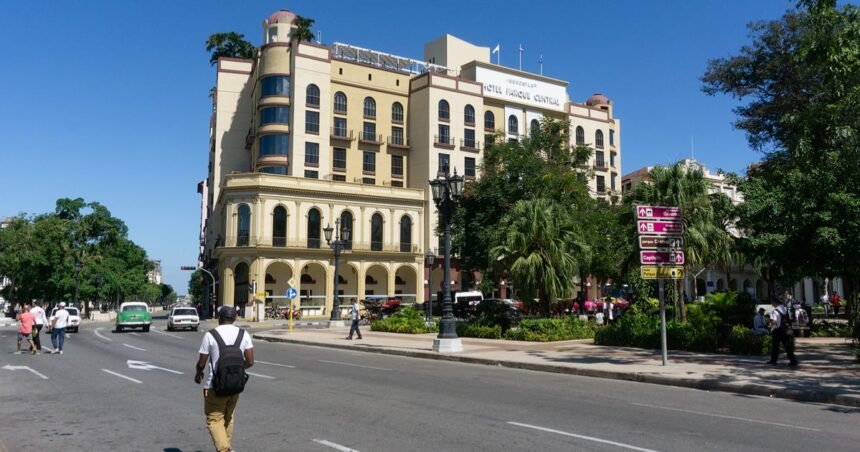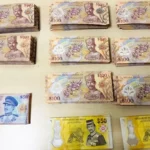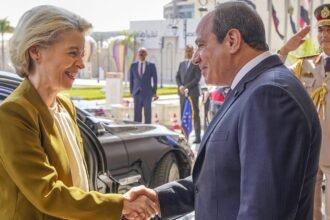In an effort to revive its struggling tourism sector, the Cuban government announced on Wednesday plans to lease out tourist facilities and relax restrictions on foreign currency payments. Prime Minister Manuel Marrero Cruz emphasized the need to “update regulatory frameworks and policies” to “encourage foreign investment,” as reported during the opening of the 43rd edition of the International Tourism Fair (FITCuba 2025).
This announcement includes “new business models” related to properties, such as leasing tourist facilities. Additionally, Marrero mentioned “facilities” for foreign currency operations, including the use of new payment cards and acceptance of cash payments, particularly in US dollars, euros, and Canadian dollars.
In a bid to reinvigorate what the government calls the “engine of the Cuban economy,” further changes are planned to boost tourist arrivals in Cuba, although similar strategies tried in the past have failed to deliver results. According to Marrero, new air operations will commence, tickets can be purchased with foreign currency in cash, and the health tax at airports, ports, and international marinas will be eliminated starting May 1st.
These strategies also involve creating “public or private partnerships” between large tourist companies and small businesses or self-employed individuals, with the authorities aiming to monopolize the “significant complementary offerings” of the private sector.
During his inaugural speech at FITCuba, Marrero Cruz once again blamed the US embargo for the collapse of tourism on the island, ignoring the numerous internal issues that have tarnished Cuba’s image as an international destination.
The government’s attempt to relaunch the “economic engine” stands in stark contrast to the severe decline in tourism. The National Office of Statistics and Information (ONEI) recorded 571,772 international visitors between January and March 2025, marking a 29.7% decrease compared to the same period the previous year.
Key source markets—Russia, Canada, and the Cuban diaspora—have significantly reduced their travel to the island, citing rising concerns about security, shortages, power outages, prices in foreign currencies, lack of air connectivity, and deteriorating services.
Instead of taking responsibility, Marrero expressed gratitude for the understanding of foreign partners and praised the country’s “resilience,” perpetuating a worn-out narrative that neither investors nor travelers find convincing anymore.
Key Questions About Cuba’s Tourism Revitalization Efforts
What changes are being made to Cuba’s tourism sector?
The Cuban government plans to lease tourist facilities, ease foreign currency payment restrictions, begin new air operations, allow cash payment for tickets, and eliminate the health tax at international entry points.
Why is the Cuban tourism sector struggling?
The tourism sector in Cuba faces challenges such as security concerns, shortages, power outages, high prices in foreign currencies, and deteriorating services, alongside the impact of the US embargo.
How has international tourism to Cuba changed recently?
Between January and March 2025, international tourist arrivals in Cuba decreased by 29.7% compared to the same period in the previous year, with significant drops from key markets like Russia, Canada, and the Cuban diaspora.



















